
[007] Aesculus flava, Yellow Buckeye
Aesculus pavia, Red Buckeye
Introduction
Aesculus flava, Yellow Buckeye, and Aesculus pavia, Red Buckeye are two very similar species of deciduous trees native to parts of North America. Both, especially Aesculus flava, are seen as ornamental trees in the parks and streets of Britain.
They have yellow and red flowers respectively but are otherwise difficult to tell apart.
Aesculus flava is also called the Common Buckeye or Sweet Buckeye. Aesculus pavia is also called the Scarlet Buckeye, Woolly Buckeye or Firecracker Plant.
Taxonomy
Kingdom – Plants
Division – Vascular Plants
Class – Flowering Plants
Order – Sapindales
Family – Sapindaceae (Soapberries)
Genus – Aesculus (Buckeyes and Horse-chestnut)
Scientific Name – Aesculus flava; Aesculus pavia.
Name
The genus Aesculus is split between American species called buckeyes and Eurasian species called horse-chestnuts. In the USA, the native American name translates as ‘buck-eye’ from the resemblance of the markings on the nut to the eye of a deer.
Aesculus is Latin for a tree now known as the Italian oak and its edible acorn, but all parts of Aesculus trees are toxic. Flava means yellow or golden. The etymology of ‘pavia’ is unknown.
Description
Aesculus flava grows to a large tree while Aesculus pavia is a small tree or shrub. Both have palmately compound leaves consisting usually of five leaflets – or sometimes seven for the larger Aesculus flava. Both have similar flowers (apart from the colour) and both produce similar fruits – encased in round light brown shells.
The nuts are poisonous but can be eaten after a leaching process. Aesculus flava seeds were consumed by Native Americans.
I think these are all Aesculus flava.
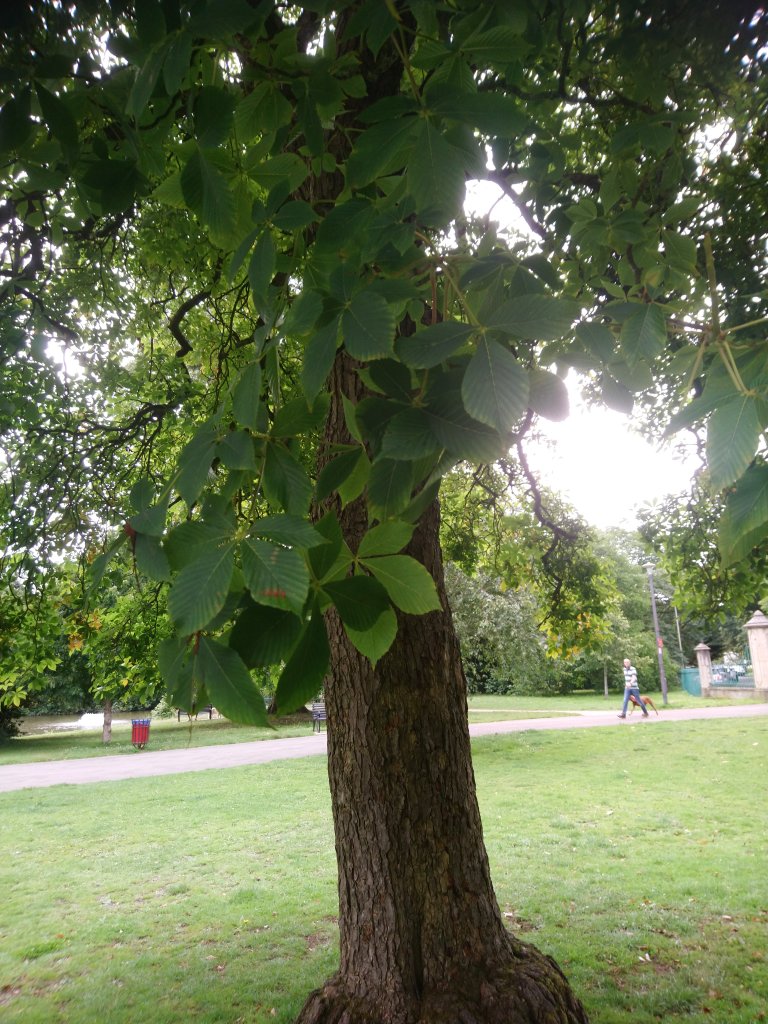


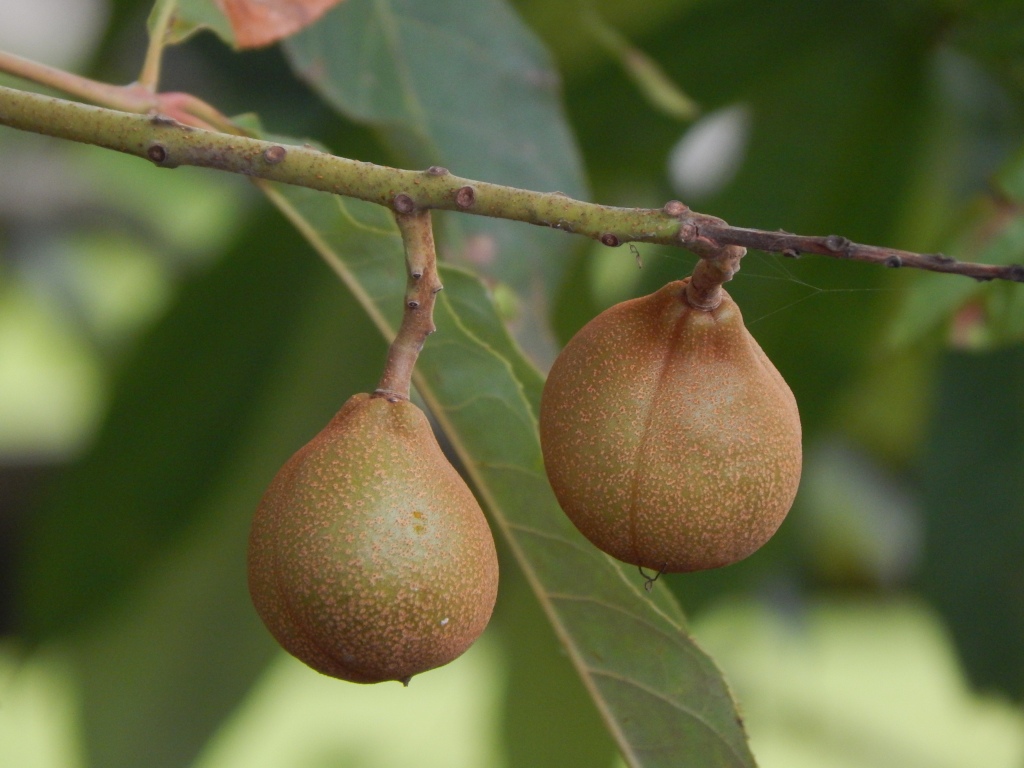

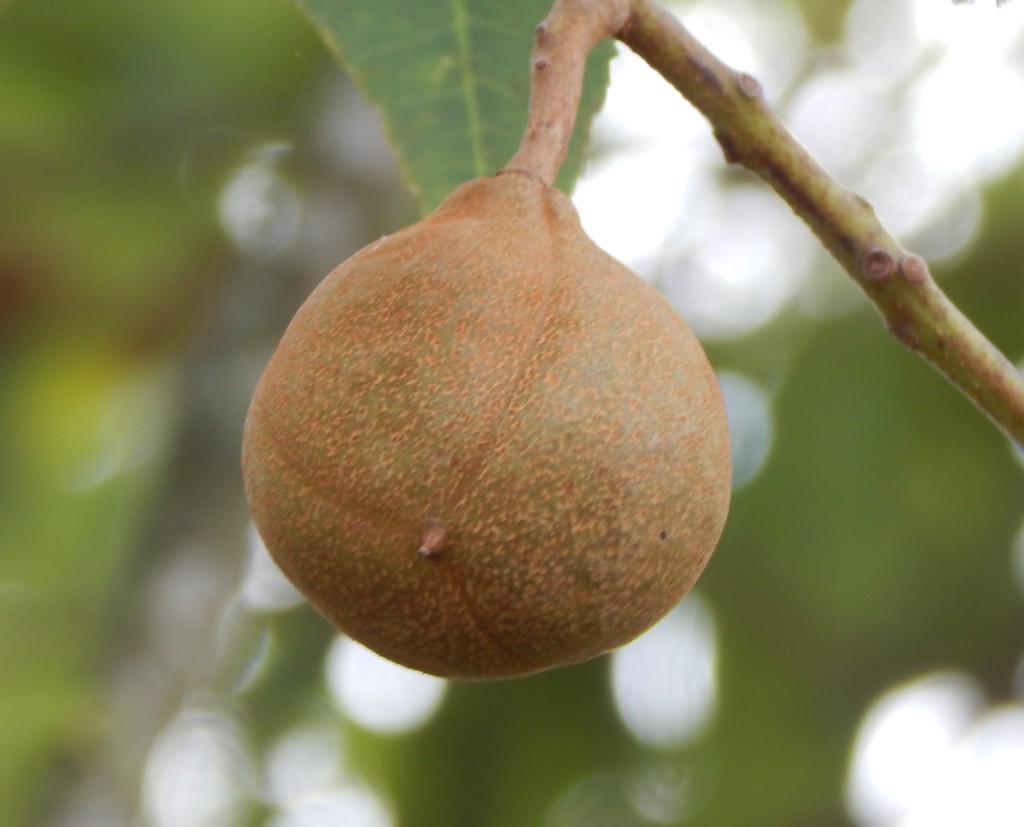
Habitat and use
Both species are native to relatively small areas of South-Eastern USA. Both are now grown in cultivated varieties in England.
Other Notes
I see several buckeye trees almost every day in local gardens and parks. Unfortunately, they come too early in this blog to flower before publication but I am fairly confident of my identifications. Most of them are Yellow Buckeye (seen above.)
Here are some Red Buckeye pictures.

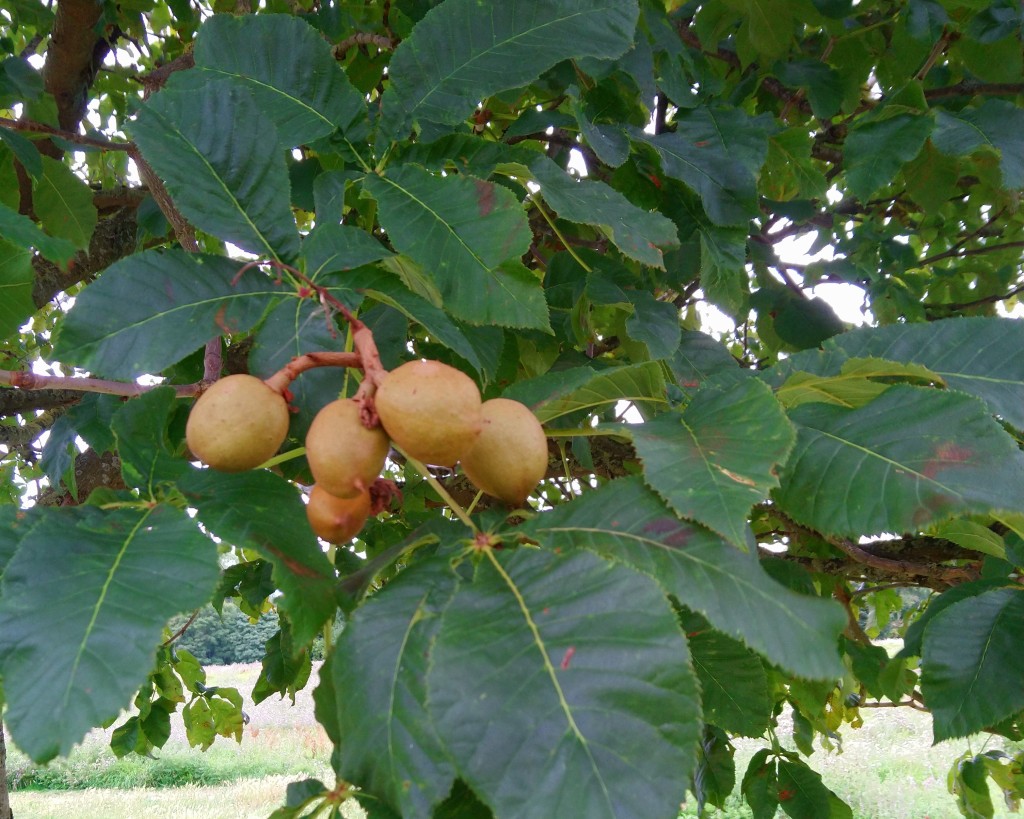

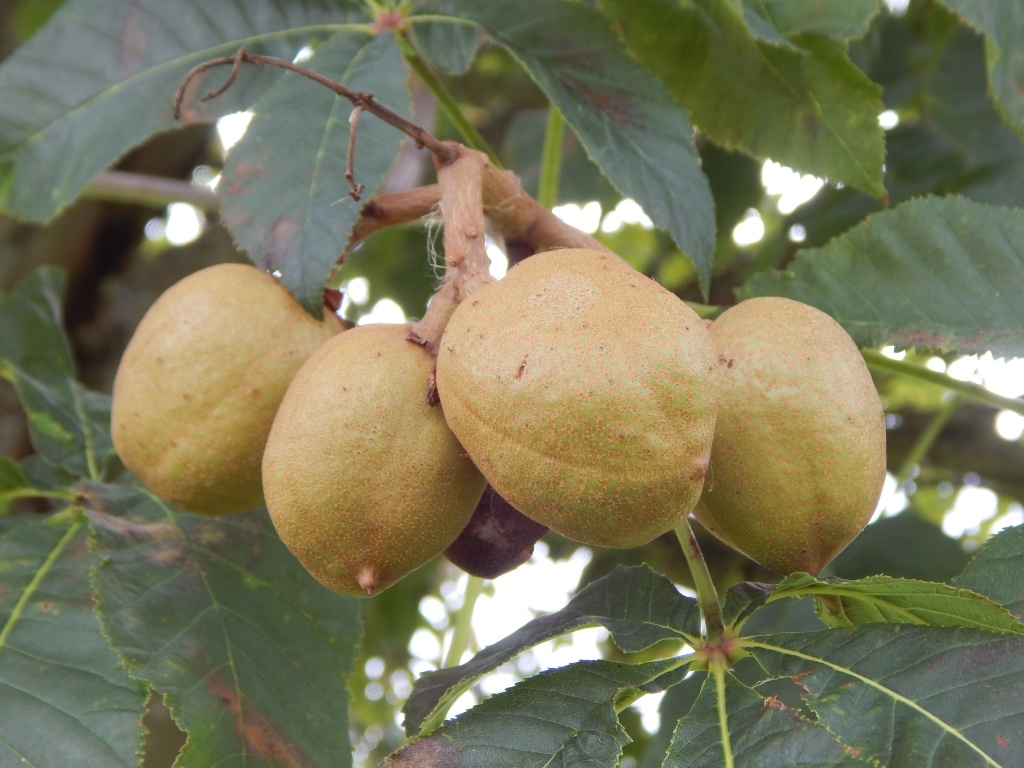
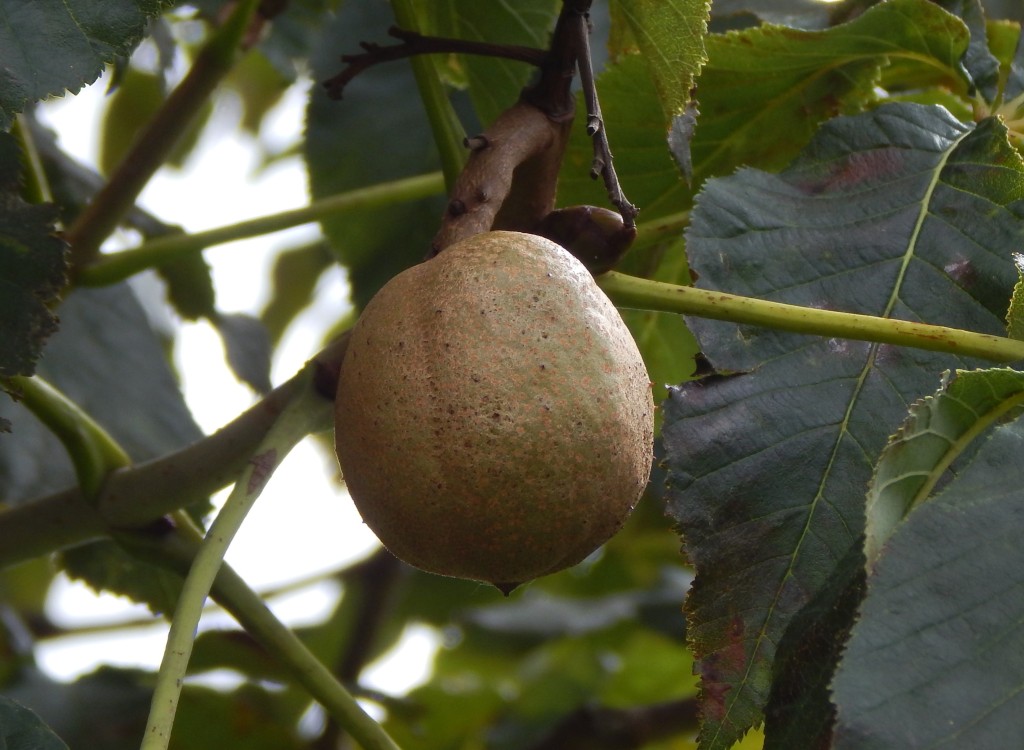
See also
You can sometimes see other species of buckeye and I was lucky enough to spot this on a visit to the Rococo gardens at Painswick.

It’s Aesculus parviflora, the Bottlebrush Buckeye, a late flowering relative also sometimes cultivated in England. Its flowers are white but you can imagine similar yellow or red flowers for Yellow and Red Buckeye! (Yes, of course, the flowers look like a bottle brush!)
The next blog will look at our version of the horse-chestnut.
There is a version of the Horse-chestnut that is actually a hybrid between the horse-chestnut and Aesculus pavia. It is similar to the Horse-chestnut, with red flowers.
